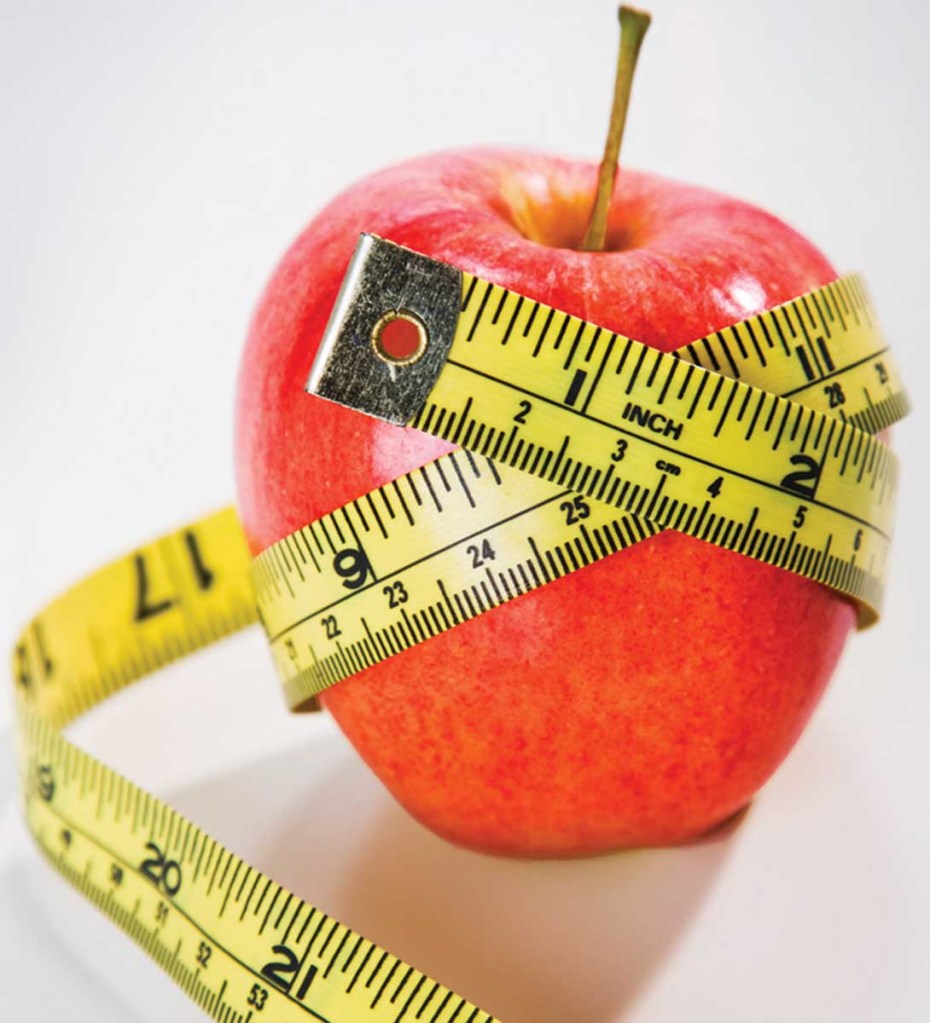I Think… Therefore I Am: A Practical New Year’s Fitness Guide
Published 7:36 am Thursday, December 31, 2009

- Foods high in water and fiber and low in fat are low in calories and high in essential nutrients
Most of us envision ourselves in a more perfect light and have better plans for ourselves in mind for the New Year. These New Year’s resolutions often end short of our goals however. If your goal is to achieve fitness this year, first visualize yourself healthy.
As you think, you will become. Visualize yourself the way you would like to be, and this positive self-image will make you feel better and keep you motivated to eat healthier and exercise while on the road to your ideal self.
If you need a little extra motivation, diet with a buddy. Find somebody who has similar aspirations and set challenging goals for one another.
Think in baby steps. It’s unrealistic to try to change all of our bad habits at once.
After all, it took time to develop these habits, and it will take time to undo them. Identify small manageable goals such as walking for 15 minutes each day or increasing your intake of fruit by one serving each day.
Once you have mastered one baby step you can move on to more challenging goals such as walking for thirty minutes a day and eating two servings of fruits each day.
If you want to lose weight, you have to eat. Weight control depends on eating regular meals throughout the day, fueling your body every three to four hours to keep your blood sugar on an even keel. This prevents hunger-induced binging, and keeps your energy levels up. Foods that are high in water and fiber and low in fat such as fruits, vegetables, soup, lean meat, and low-fat dairy products are low in calories and high in essential nutrients.
Eating a diet low in calorie density allows people to eat more satisfying portions of food which in turn decreases feelings of hunger and deprivation.
Write it down. One of the best ways to identify bad eating habits is to record not only what you eat and how much but how you felt at the time and what you were doing.
If you are honest with yourself, this form of self-diagnoses will bring to light unhealthy eating patterns. You can then identify the eating behaviors you wish to improve and start to make baby steps.
If you continue to keep a food journal, you can look back and compare yourself today as to when you first started. You may be amazed at the progress you have made. Have a healthier, Happy New Year.



